Analysis of Demand and Supply of Homes in Australia
VerifiedAdded on 2020/02/24
|5
|548
|51
Report
AI Summary
This report provides an analysis of the demand and supply dynamics within the Australian housing market. It begins by examining the factors that contribute to the increasing demand for homes, such as population growth in major cities like Melbourne and Sydney, low borrowing costs, and government incentives. The report then explores the supply side, highlighting the challenges faced by developers, including bureaucratic delays, infrastructure limitations, and financing difficulties. The report emphasizes the inelastic nature of the demand for housing, which is driven by its necessity and limited alternatives. The study also incorporates statistical data from the Australian Bureau of Statistics to illustrate the trends in residential property prices, particularly in Sydney and Melbourne. This report aims to offer a comprehensive overview of the current state of the Australian housing market.
1 out of 5
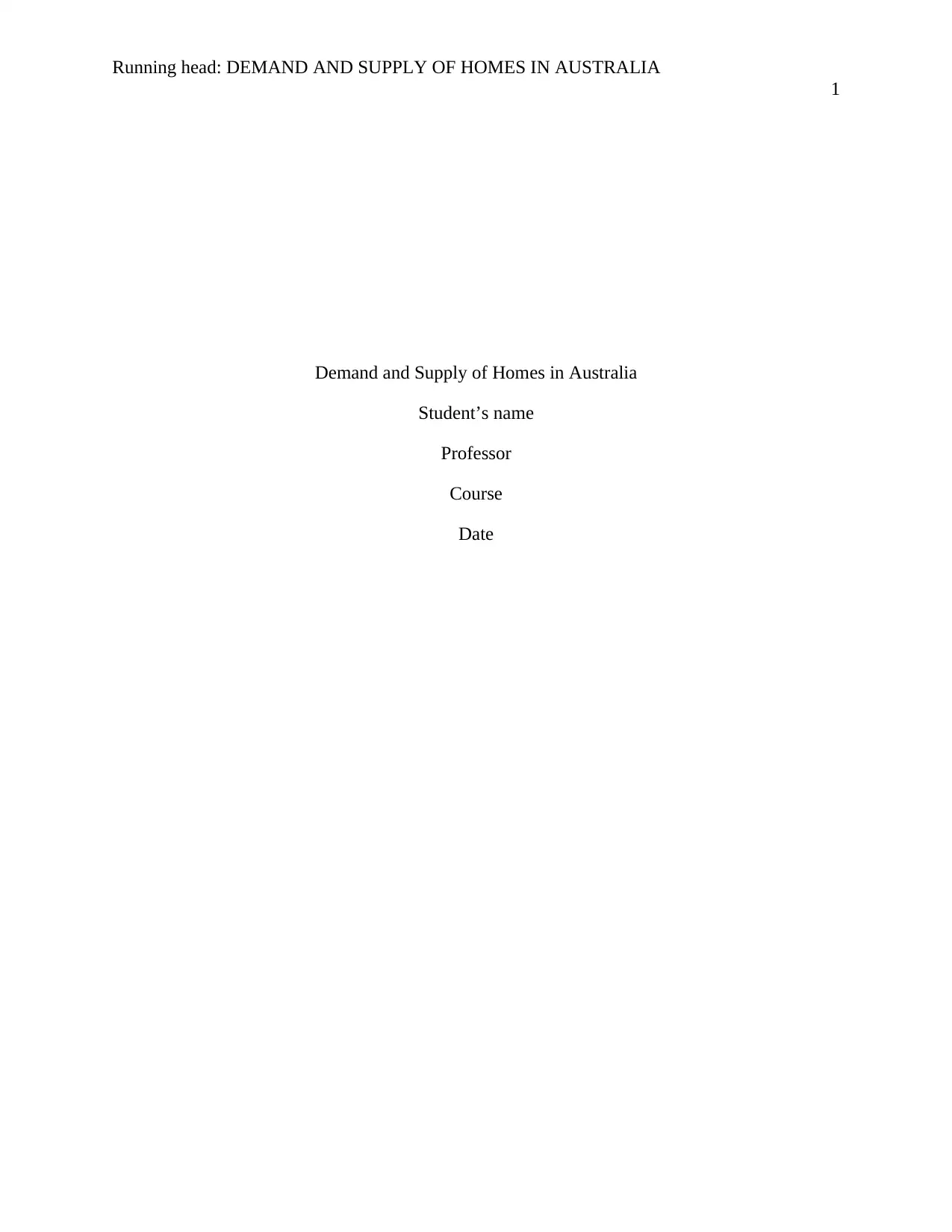
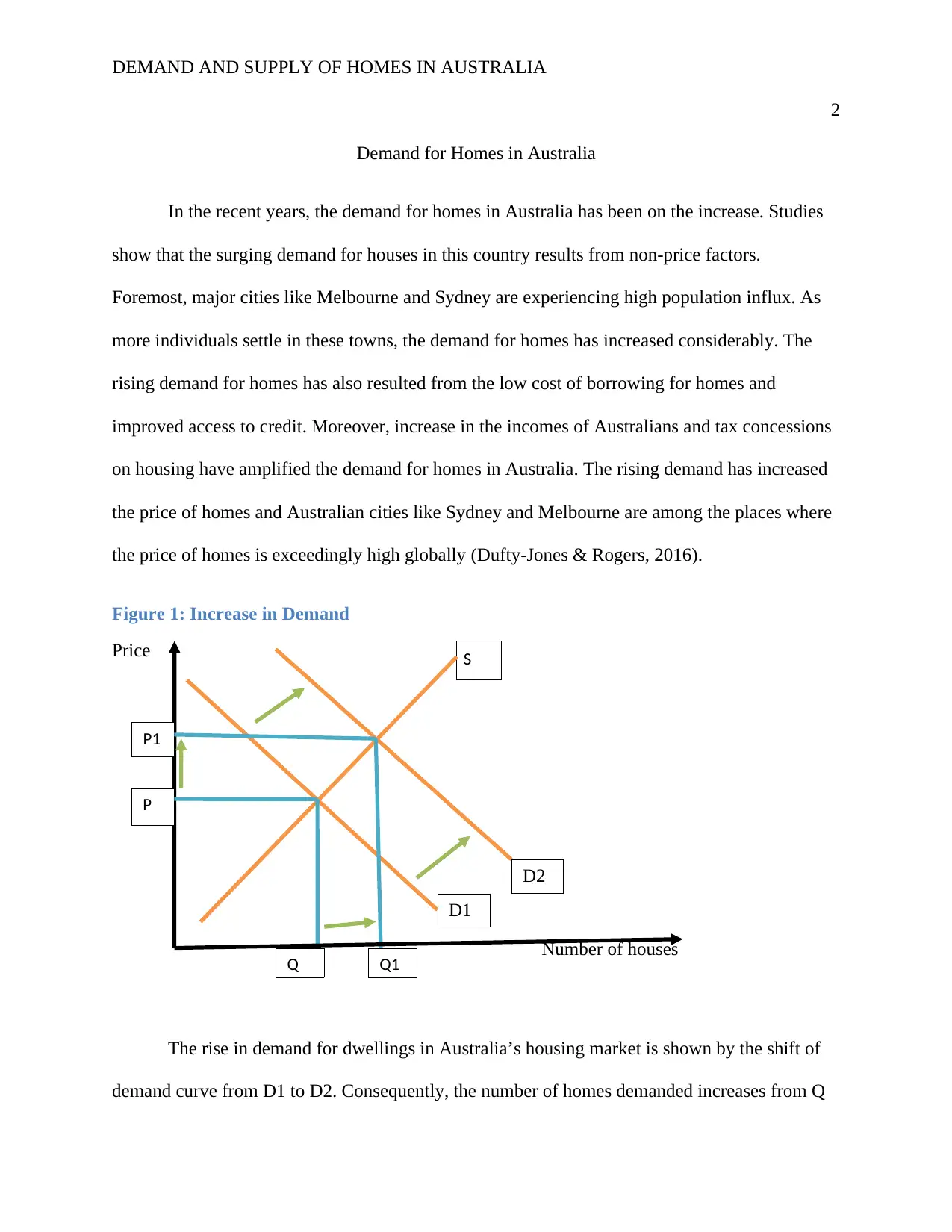
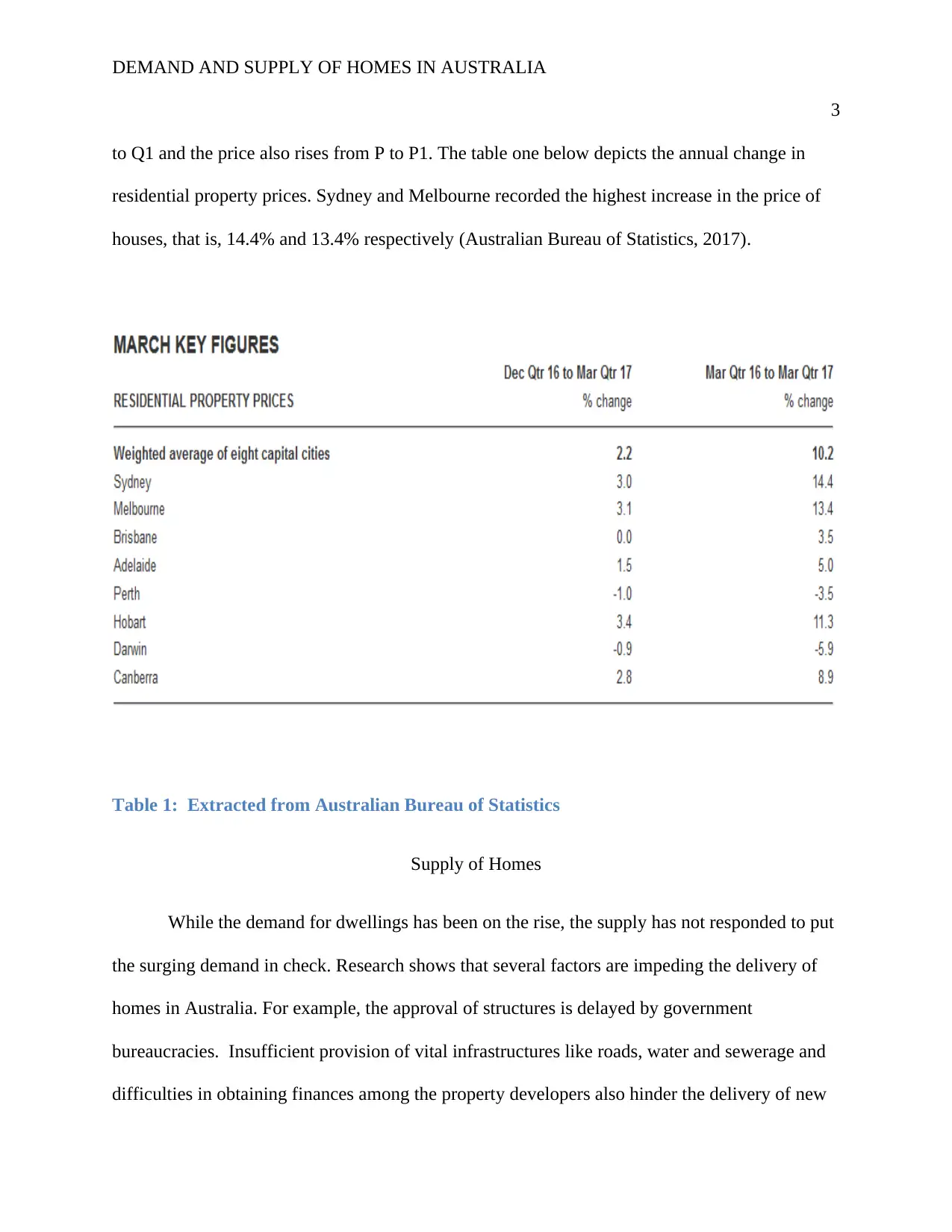

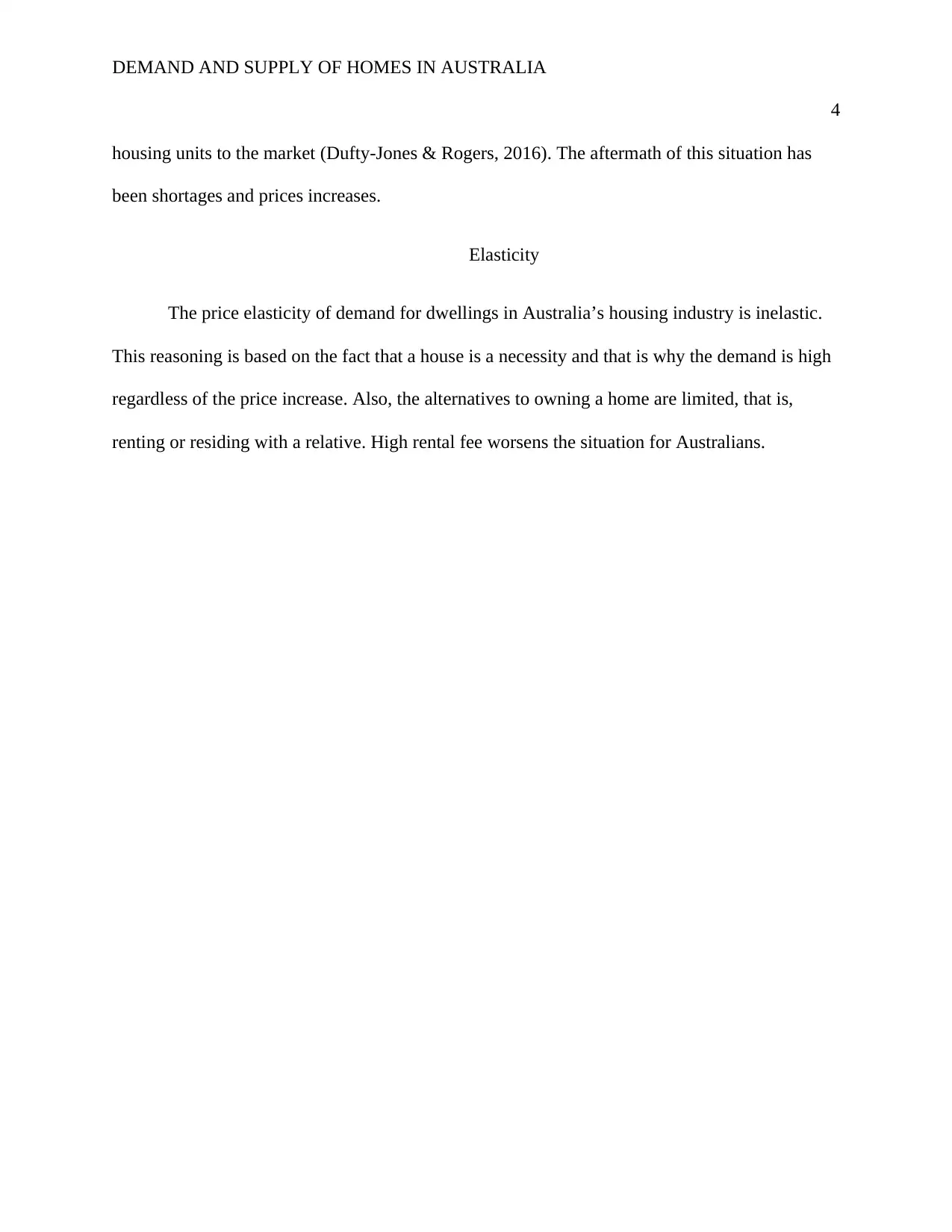
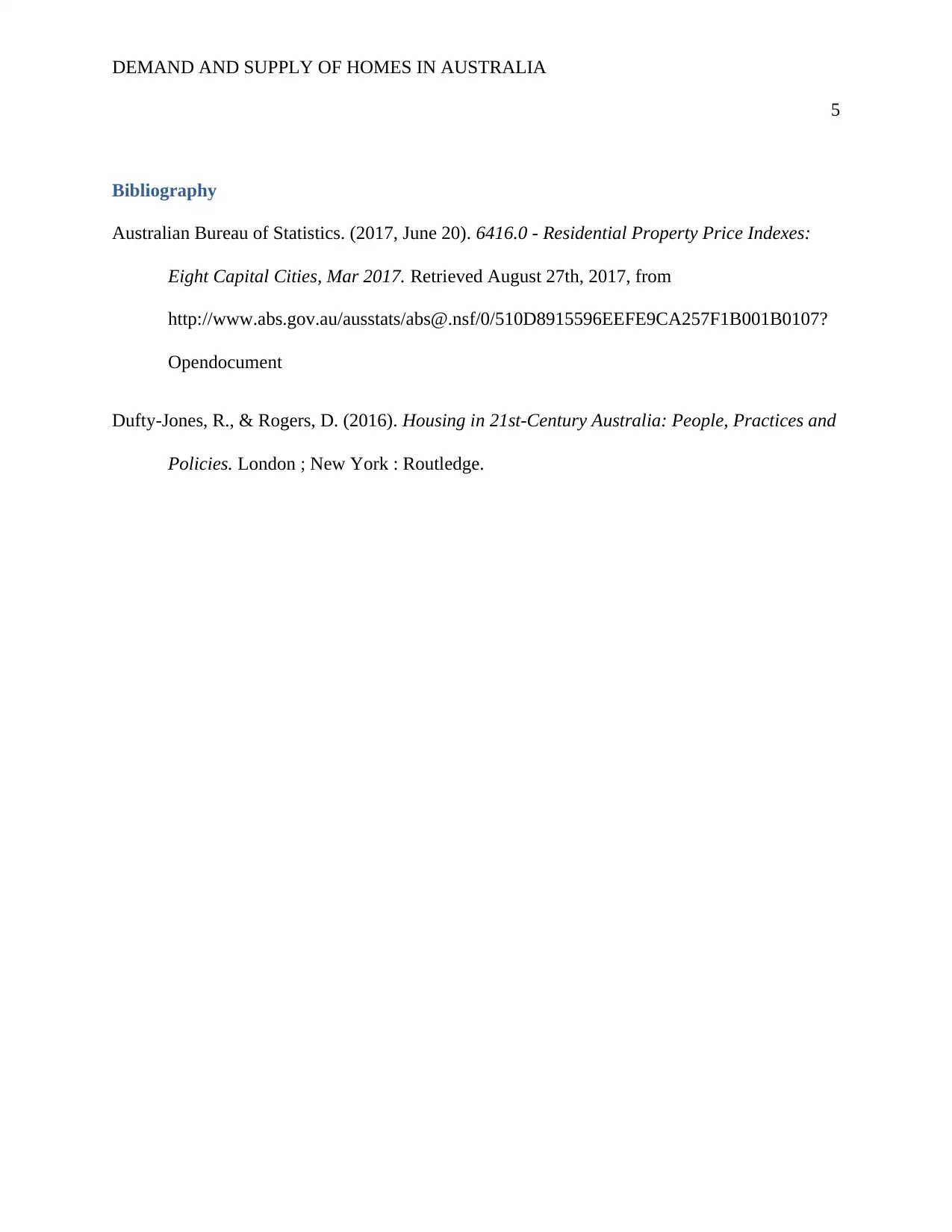






![[object Object]](/_next/static/media/star-bottom.7253800d.svg)